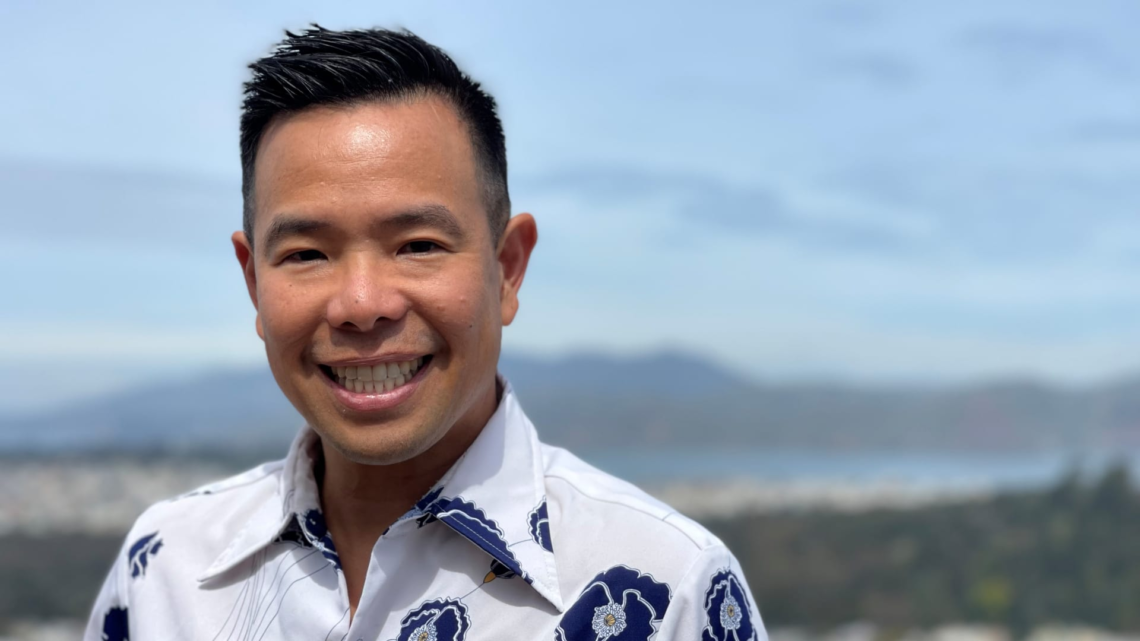Sam Dogen is one of the pioneers of the FIRE movement — short for financial independence, retire early. When he began writing on his website, Financial Samurai, in 2009, Dogen, along with other financial influencers, carved out a definition for what it means to be financially independent.
“It’s having enough in investments and passive income to cover your basic living expenses,” Dogen says.
By the time he left his investment banking job in 2012 at age 34, Dogen had exactly that — $80,000 a year in passive income, plus a $3 million net worth. Over the years, he continued to save and invest to expand his portfolio and income streams to keep up with growing living expenses. In 2023, Dogen’s income from stocks, bonds and real estate, among other sources, was about $380,000.
Over that same span, the FIRE community has grown to include a wide array of definitions as people have found different paths to financial independence. But Dogen takes particular umbrage with one form of FIRE known as “Coast FIRE,” a state of financial independence in which retirement savers say they no longer have to invest based on projections of future portfolio growth.
“I think this Coast FIRE mentality is so stupid. Basically it’s saying, you save up enough so that if you let it compound at 8% for 30 or 40 years, you’ll have enough to retire,” he says. “To me, that is delusional thinking.”
The difference between traditional FIRE and Coast FIRE
If you’ve never heard of Coast FIRE, here’s how it works.
Like traditional FIRE adherents, those looking to achieve Coast FIRE have a number in mind — the total amount they’d need in their investing accounts that would allow them to cover their living expenses with withdrawals in perpetuity.
This is known as your FIRE number. It’s often calculated by multiplying your target income by 25, or more technically, by dividing by the 4% you plan to take out per year. If you think you can live on $40,000 a year, multiply by 25, and you need to save $1 million….
Read the full article here








